When you think about aviation, you might picture powerful jet engines, sleek aluminum wings, and cutting-edge technology. But would you ever guess that sharks, birds, and even dragonflies have helped shape the way we fly?
Here at DreamFlight Charities, we celebrate innovation and imagination – and few things are more inspiring than how the natural world has taught us to take to the skies. Biomimicry studies designs found in nature to solve human challenges and has led to significant breakthroughs in aviation when it comes to fuel efficiency, stealth, and maneuverability.
Let’s explore how some surprising creatures have left their mark on the world of flight!
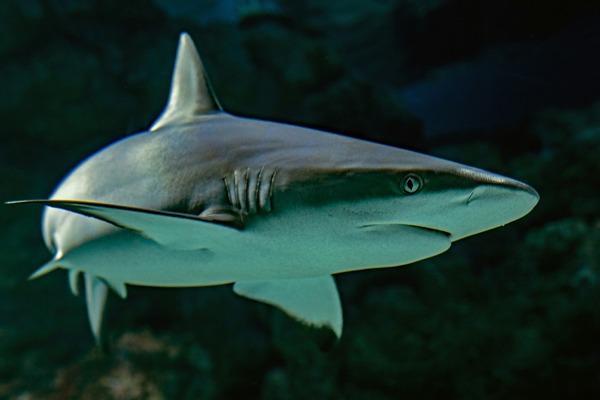
Shark Skin & Fuel Efficiency
Sharks have been gliding through water with incredible efficiency for millions of years. Scientists noticed that a shark’s skin isn’t smooth like it appears – it’s covered in tiny, ribbed scales called denticles that reduce drag and help water flow smoothly over their bodies.
Inspired by this, engineers developed a special aircraft skin that mimics the texture of shark skin. Products like AeroSHARK film, used by companies like Lufthansa, apply a thin, patterned coating to planes. The result? Less drag, improved fuel economy, and lower carbon emissions.
Nature’s sleek swimmer has taught us a lesson: sometimes, the smallest details make the biggest difference!
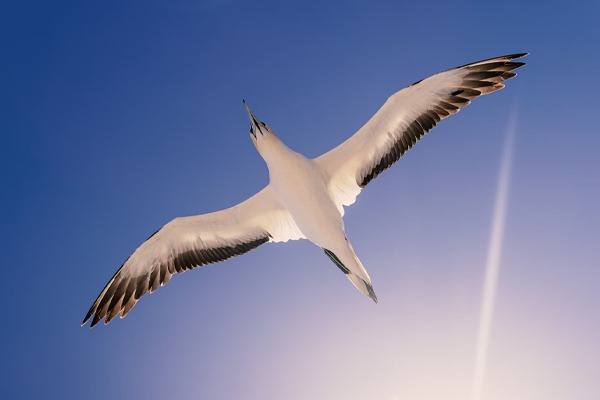
Birds: The Original Blueprints of Flight
Long before the Wright brothers launched their historic flight in 1903, humans were studying birds in hopes of one day joining them in the skies. Bird’s wings, bones, and feathers are all perfectly adapted for efficient flight.
The structure of a bird’s wing – with its curved top and flatter bottom – helped inspire the shape of airplane wings, known as an airfoil. This design creates life by making air move faster over the top of the wing than the bottom, allowing planes to rise in the air (learn more about the physics behind flight in one of our other articles).
Today, even modern advances like winglets – the small, upturned tips on airplane wings – are inspired by how birds use their wingtips to reduce drag and turbulence. By mimicking the way birds naturally manage airflow, engineers have created aircraft that are safer, faster, and more fuel-efficient.
Birds remind us that flying isn’t just about power – it’s about working with the forces around you.
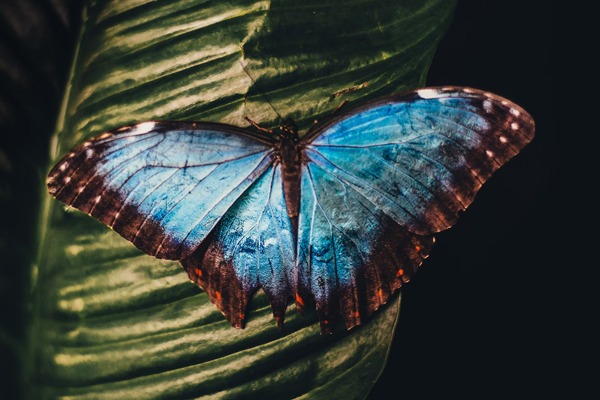
Butterflies & Stealth Technology
Butterflies aren’t just beautiful – they’re masters of manipulating light. Some species’ wings are covered in microscopic structures that bend and scatter light, creating shimmering colors without using pigments.
Scientists studying these wings discovered that similar structures could be used in stealth technology. By designing aircraft materials that scatter radar waves in the same way butterfly wings scatter light, engineers can make planes harder to detect.
This natural inspiration has been vital in developing some of the world’s most advanced stealth aircraft, helping pilots stay hidden from enemy radar and improving natural security.
From delicate wings to cutting-edge defense, butterflies show us that even the most fragile of nature’s designs can have powerful applications.

The Kingfisher's Silent Splash
The kingfisher is a bird known for its ability to dive into water without making a splash – despite moving at high speeds. Engineers faced a similar challenge when designing Japan’s famous Shinkansen bullet trains: the trains were so fast that they created loud sonic books when exiting tunnels.
Eiji Nakatsu, a train engineer and bird enthusiast, studied the kingfisher’s beak and realized its pointed, streamlined shape allowed it to move seamlessly between air and water. Applying this shape to the train’s nose dramatically reduced noise and improved efficiency.
The same principle has been applied to the design of certain aircraft nose cones, helping reduce air resistance and sonic booms during high-speed flight.
Thanks to a small bird’s silent dive, our world moves faster and quieter.
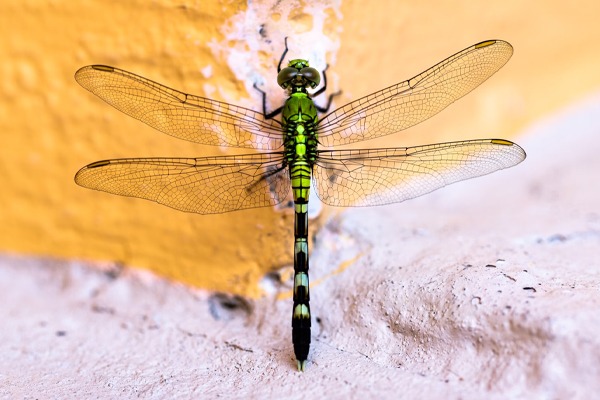
Dragonflies & the Future of Drones
Dragonflies are some of the most agile fliers in nature. They can hover, dart sideways, and even fly backward – all thanks to their ability to move their two pairs of wings independently.
Modern drone designers have turned to dragonflies for inspiration in creating small, highly maneuverable flying machines. Micro-air vehicles (MAVs) and certain reconnaissance drones now mimic dragonfly flight mechanics, making them better suited for complex missions like search-and-rescue operations or environmental monitoring.
The dragonfly’s natural design is helping us explore and protect the world around us today.
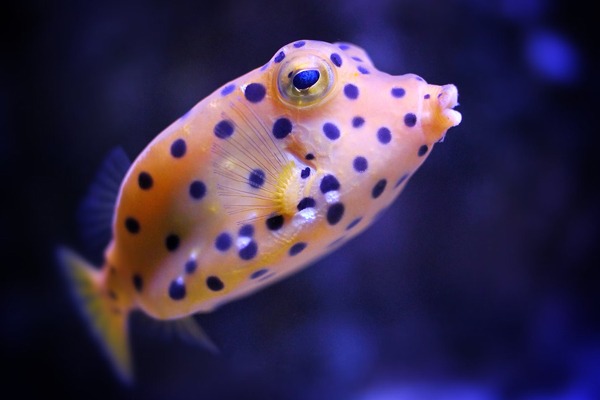
More Surprises from Nature
Nature’s influence on aviation doesn’t end there!
- Boxfish, despite their odd shape, inspired designs for aerodynamic cars and experimental aircraft because of their unexpected efficiency in moving through water.
- Bats have helped inspire flexible wings for certain drones.
- Humpback whales taught engineers that adding bumps (called tubercles) to wings or turbine blades can improve lift and reduce drag.
From the depths of the ocean to the tops of trees, the natural world is full of brilliant ideas – we just have to know where to look!
Biomimicry reminds us that innovation often starts by observing the world around us. Nature holds secrets that can lead to new technologies, greener transportation, and an even more connected world.
At DreamFlight Charities, we believe in encouraging the next generation to dream big, stay curious, and imagine new possibilities. Whether you’re fascinated by sharks, birds, butterflies, or dragonflies, remember: the sky isn’t the limit – it’s just the beginning!

